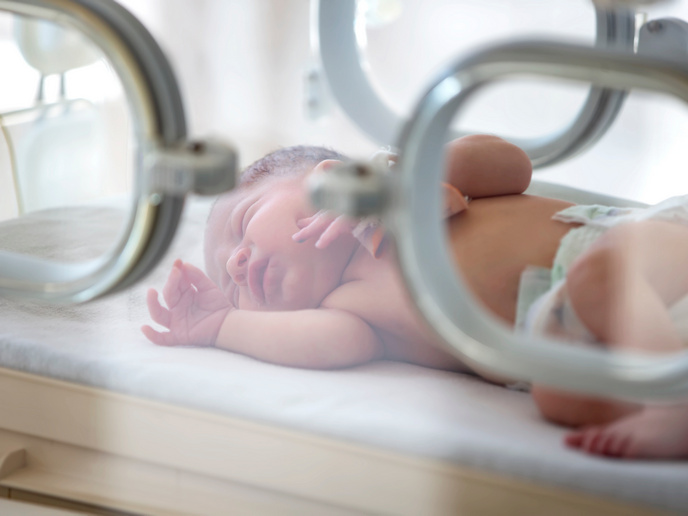Keeping infection at bay for high-risk newborns
The EU-funded NeoIPC(opens in new window) project has launched a new surveillance toolkit(opens in new window) that can help neonatal intensive care units (NICUs) track and prevent hospital-acquired infections (HAIs) in high-risk newborns, including very preterm infants. The free toolkit is part of NeoIPC’s efforts to promote infection prevention and control (IPC) interventions in neonatal intensive care that will have a broad and long-lasting impact for critically ill newborns and infants. Every year, around 400 000 newborns in Europe are admitted to a NICU, greatly increasing their chance of survival. But staying there also increases the risk they will be exposed to bacteria in the hospital that are resistant to antibiotics. “HAIs pose a significant threat to newborn babies, especially very preterm infants and those with very low birth weight,” observes Dr Brar Piening of NeoIPC project partner Charité – Universitätsmedizin Berlin, Germany, in a news item(opens in new window) posted on the project website. “Routine HAI surveillance is a critical component of IPC, and the NeoIPC toolkit streamlines the implementation of this important practice for NICUs,” continues Dr Piening, who heads the team developing the toolkit.
Data for evidence-based decision-making
The surveillance toolkit offers NICUs the tools they need to collect data on infection rates and risk factors, based on which they can make evidence-based decisions about their IPC strategies. It has been developed by experienced researchers from Charité – Universitätsmedizin Berlin and project partners St George’s, University of London (United Kingdom), Osakidetza – Servicio Vasco de Salud (Spain) and Stellenbosch University (South Africa). The data collected through the NeoIPC surveillance system will include birth weight, gestational age, length of NICU stay, and the use of invasive devices such as central vascular catheters and ventilation support. NICUs will also be able to monitor occurrences of common HAIs, such as bloodstream infections, pneumonia, surgical site infections and necrotising enterocolitis. Based on standardised definitions and data collection methods, the surveillance system makes it easy for NICUs to compare their data with those of other participating NICUs around the world. “The NeoIPC surveillance toolkit is the result of many months of intense work and collaboration among NeoIPC partners,” states Dr Julia Bielicki of St George’s, University of London. “We are excited to make this toolkit available to NICUs around the world, and we hope that it will help to improve IPC practices and to reduce the incidence of HAIs in newborns.” The NeoIPC (Establishing innovative approaches for optimal infection prevention of resistant bacteria in NICUs by integrating research, implementation science and surveillance in a sustainable global platform) surveillance system will be piloted in 24 NICUs in Greece, Italy, Spain, Switzerland and the United Kingdom in 2024. NICUs intending to take part in this surveillance or to set up their own HAI surveillance programme can access all materials(opens in new window) free of charge on the NeoIPC website. For more information, please see: NeoIPC project website(opens in new window)



